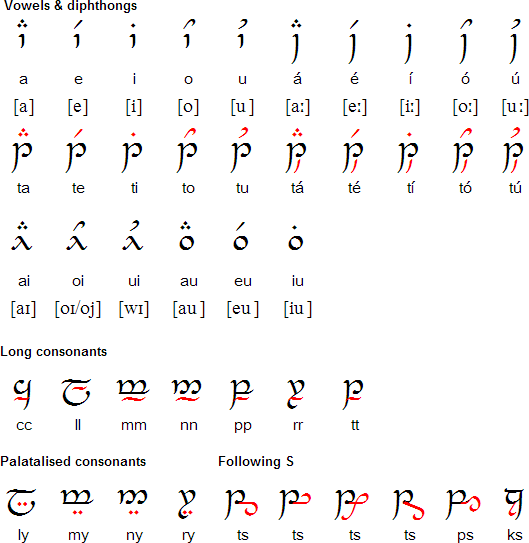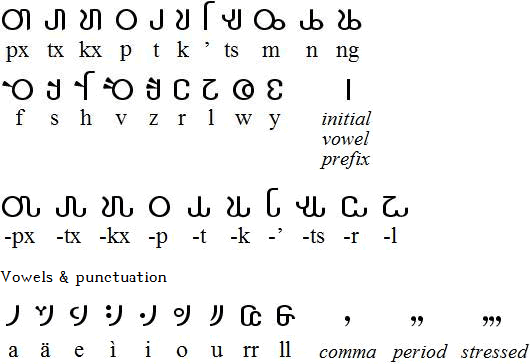Fictional Languages
- UnEarthed
- Aug 26, 2019
- 2 min read
Updated: Feb 12, 2020
By Hannah Pan
Klingon (Star Trek)
Klingon is a language in the Star Trek TV series, films, and comics. Spoken by the Klingon alien species, it started as actors making meaningless sounds until a professional linguist was hired to develop Klingon. It then became a full language, with a set of grammar rules and dialects. Since the Klingon aliens look rather odd, with high ridges across their forehead, the Klingon language was also specifically designed to sound very alien-like with plenty of sharp consonants.1 While actors were coached on proper Klingon pronunciation, the language also evolved around the actors’ mispronunciations. In 1985, The Klingon Dictionary was published, which sold over 300,000 copies!1 Throughout the years, numerous avid Star Trek fans have tried to learn the language, and a select few are even able to speak Klingon with conversational fluency. The original creator of Klingon still continues to publish material and clarifications on the language.
The Elvish languages (The Lord of the Rings)
Although J.R.R. Tolkien developed many languages for the beings that existed in his books, the languages of the Elves are the most comprehensive. The two most prominent of the Elvish languages are Quenya and Sindarin. Like Klingon, they are grammatically fully developed and even have their own writing systems, but what is even more mind-blowing is that Tolkien wrote the history and development behind them. Although these languages were artificially created for a fantasy world, Tolkien made it seem as if they had organically evolved over time—the original Elvish language, Primitive Quendian, kept evolving and branching into new languages, and these changes were triggered by migrations and events that are part of the history of Tolkien’s universe. For example, Quenya emerged from an older form of Elvish, called Common Eldarin, after the High Elves migrated to the land of Valinor. A subgroup of these Elves, the Grey-elves, later migrated back to Middle-Earth, causing the language of Sindarin to develop. Each of these languages has its own grammars and pronunciations, with comprehensive rules and suffixes for each part of speech and nuanced specifications on how certain syllables should be stressed and pronounced. As a language-lover, Tolkien had studied many languages including Latin, Spanish, and Old Norse, but Finnish and the Celtic languages were the primary sources of inspiration for Quenya and Sindarin, respectively.
Na’vi (Avatar)
It’s not very often that we see a full language created for a single standalone film, but this was the case for Avatar (2009). The director, James Cameron, hired a linguist to create a complete language for the Na’vi alien race. Unlike Klingon of Star Trek, however, Cameron specifically asked for the language to sound pleasant to movie viewers. The linguist, Paul Frommer, spent years making the language and even made recordings for the actors to listen to on their iPods. Frommer was on set during the filming of Avatar for the times when Cameron wanted to change or add a Na’vi line. Although the Na’vi language started off at about 500 words that satisfied the needs of the film, Frommer later expanded it over 1,000 words, and the language still continues to grow.
Sources:
2. Tolkien, J. R., Carpenter, H., & Tolkien, C. (2012). The Letters of J.R.R. Tolkien.
Editor: Caitlin Quinn













